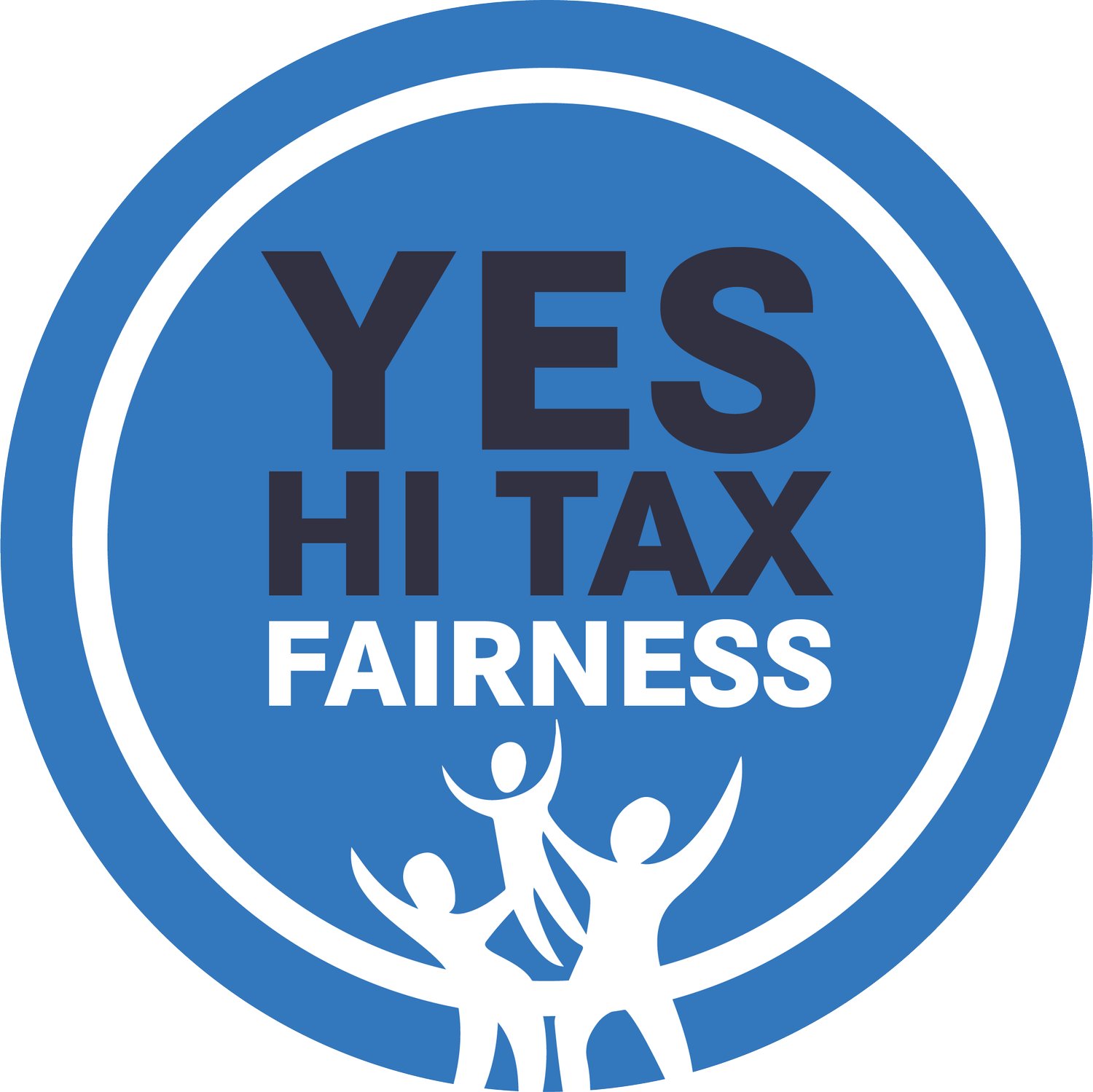Renter’s Tax Credit
Helping working families afford the high cost of rental housing in Hawaiʻi.
The Low-Income Household Renters’ Credit was created in 1977 to provide meaningful tax relief to low- and moderate-income households in Hawaiʻi. However, it has not been updated in over three decades.
In 1981, the Renters’ Credit was set to $50 per exemption. The income eligibility cut off was set to $30,000 in 1989, which was just above the median household income at the time. Neither of those levels have budged since then.
Some 75% percent of people in Hawaiʻi living at or near the poverty line now spend more than half of their incomes on rent.
More than half of Hawaiʻi’s renters are cost-burdened, spending more than 30% of their income on rent.
Figure 1. The value of the Renter’s Tax Credit has been steadily eroded by inflation and rising costs of housing over the past few decades.
Inflation has eroded the power of the Renter’s Credit.
The current value of the Renters’ Credit came into effect in tax year 1981, and the current eligibility cutoff (i.e., the amount a household can make and still receive the credit) took effect in tax year 1989.
Presently, a qualified filer with a Hawaiʻi Adjusted Gross Income (AGI) under $30,000 who has spent at least $1,000 on rent can receive a refundable tax credit of $50 per qualified exemption.
In 2016, the last year for which data are available, the Renters’ Credit provided about $2.7 million in tax relief to low-income filers. Five years earlier, in 2011, the same credit returned $4.9 million—almost twice as much—to those who need it the most.
Much of that drop can be attributed to the fact that the annual income eligibility limit for this credit is stuck at only $30,000. So as households’ income (and costs) increase along with inflation, fewer and fewer of them qualify for this credit.
The Renter’s Credit could be an important stop-gap to prevent growing rates of homelessness if its value was meaningfully increased.
Renters in Hawaiʻi face a staggering housing cost burden. In a February 2016 survey of Hawaiʻi residents, 95% of people polled said that the housing costs in the state make it difficult for families to live a quality life.
Approximately 43 percent of our households are renting, the highest rate in the nation. More than half of them are cost-burdened, meaning that they pay more than 30 percent of their income toward rent (the standard definition of housing affordability).
A full-time worker in Hawaiʻi needs to earn $36.13 per hour to rent a 2-bedroom apartment—the highest “housing wage” in the nation. Yet, the mean wage for a renter is just $16.16, leaving a gap of $19.97.
The lowest-income households face a crushing cost burden: 75 percent are paying more than half of their income in rent.
But even moderate income households are struggling, with 60 percent of households earning 51–80% of the area median income facing a housing cost burden. These households are generally ineligible for public assistance. These housing cost burdens leave families with precious little left over to make ends meet, let alone build assets or save for a down payment on a home.
In addition, the tax system in Hawaiʻi places extreme burdens on renters in the state, as renters don’t benefit from mortgage interest or property tax deductions, but still pay their landlords’ GET and property taxes in the form of higher rents.
Despite the acute need for affordable housing, the shortfall only continues to grow. A total of 64,000 housing units is estimated to be needed by 2020 to meet pent-up and future projected demand. Of these units, 23 percent must be rentals for households earning less than 80 percent of the area median income.
The increasing scarcity of affordable housing means this number will likely continue to rise. Meanwhile, almost no affordable market units are being produced.
Even though renters do not own the property they reside in, they are affected by both county property taxes and the state general excise tax owners pay. Landlords pass these costs along to tenants. However, renters don’t benefit from the property tax home exemption granted to owner-occupied residences.
The Renters’ Credit would provide some tax equity to renters who functionally pay their landlords property taxes and the GET without the benefits of home ownership.



